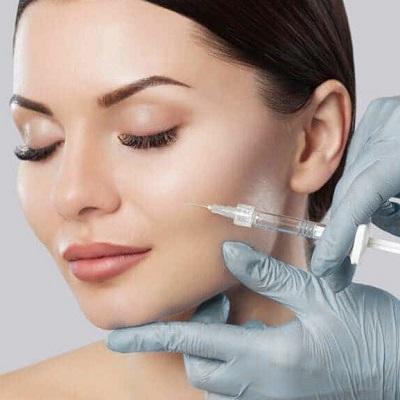Choosing between Botox and Dermal Fillers OMAN can be a daunting task, especially with both options offering distinct benefits for enhancing your appearance. Both treatments are popular in the world of non-surgical cosmetic procedures, but they serve different purposes and provide varied results. In this article, we'll explore the key differences between Botox and dermal fillers, helping you determine which option might be best suited for your aesthetic goals.
Understanding Botox and Dermal Fillers
Botox: What Is It?
Botox, or botulinum toxin, is a neuromodulator used to reduce the appearance of wrinkles and fine lines. It works by temporarily paralyzing the muscles that cause these lines, particularly around the forehead, between the eyebrows, and around the eyes. Botox is best known for its ability to smooth dynamic wrinkles—those caused by facial expressions.
Dermal Fillers: What Are They?
Dermal fillers, on the other hand, are injectable substances used to add volume, smooth out deep wrinkles, and enhance facial contours. They come in various types, including hyaluronic acid, calcium hydroxylapatite, and poly-L-lactic acid. Fillers can be used to plump up areas like the cheeks, lips, and under the eyes, and to reduce the appearance of static wrinkles—those present even when your face is at rest.
Key Differences Between Botox and Dermal Fillers
1. Purpose and Function
- Botox: Primarily targets dynamic wrinkles by inhibiting muscle activity. It’s effective for treating crow's feet, frown lines, and forehead lines.
- Dermal Fillers: Address volume loss and static wrinkles by adding substance to the skin. They are commonly used for plumping lips, filling hollows under the eyes, and enhancing cheekbones.
2. Treatment Areas
- Botox: Best for upper face areas, including the forehead, between the eyebrows (glabellar lines), and around the eyes (crow's feet).
- Dermal Fillers: Suitable for mid to lower face areas, such as the cheeks, lips, nasolabial folds (smile lines), and marionette lines.
3. Procedure Duration and Recovery
- Botox: The procedure usually takes about 10-15 minutes, with minimal downtime. Most people can return to their normal activities immediately.
- Dermal Fillers: Treatment time can vary depending on the area being treated, typically ranging from 20-30 minutes. There may be minor swelling or bruising at the injection sites, but this usually resolves within a few days.
4. Results and Longevity
- Botox: Results are typically visible within a few days and can last between 3-6 months. Regular maintenance treatments are needed to sustain the effects.
- Dermal Fillers: Results are often visible immediately, with effects lasting from 6 months to over a year, depending on the type of filler used and the area treated.
5. Side Effects and Risks
- Botox: Side effects are generally mild and may include temporary bruising, headache, or drooping eyelids if the injection is not performed correctly. Serious complications are rare.
- Dermal Fillers: Possible side effects include swelling, bruising, and in rare cases, lumps or unevenness. Choosing an experienced injector minimizes these risks.
How to Decide Which Is Right for You
1. Identify Your Aesthetic Goals
Consider what specific concerns you want to address. If you're looking to smooth out expression lines and prevent new wrinkles from forming, Botox may be the best choice. If your goal is to restore volume to areas that have lost plumpness or to enhance facial contours, dermal fillers might be more suitable.
2. Evaluate Your Facial Anatomy
A consultation with a qualified cosmetic professional can help determine the best treatment based on your facial anatomy and skin condition. They can assess where wrinkles and volume loss are most prominent and recommend the most effective approach.
3. Consider the Longevity of Results
If you prefer a treatment with longer-lasting results, dermal fillers might be more appealing due to their extended duration compared to Botox. However, if you prefer a treatment that requires less long-term commitment, Botox's shorter duration might be ideal.
4. Budget and Maintenance
Both Botox and dermal fillers require regular maintenance to keep up with their results. Consider your budget and willingness to commit to ongoing treatments when making your decision.
5. Consult a Professional
Ultimately, the best way to determine which treatment is right for you is to consult with a board-certified dermatologist or cosmetic surgeon. They can provide personalized advice based on your individual needs and aesthetic goals.
Conclusion
Choosing between Botox and dermal fillers depends on various factors, including your specific cosmetic concerns, desired results, and personal preferences. Botox is an excellent choice for smoothing out dynamic wrinkles and preventing new ones from forming, while dermal fillers are ideal for adding volume and addressing static wrinkles. By understanding the differences and consulting with a qualified professional, you can make an informed decision and achieve the youthful, refreshed appearance you desire.
